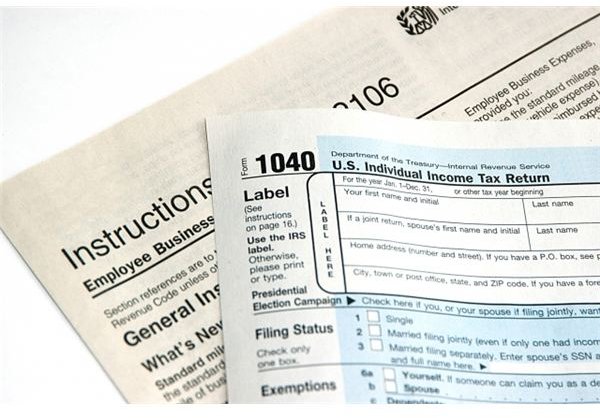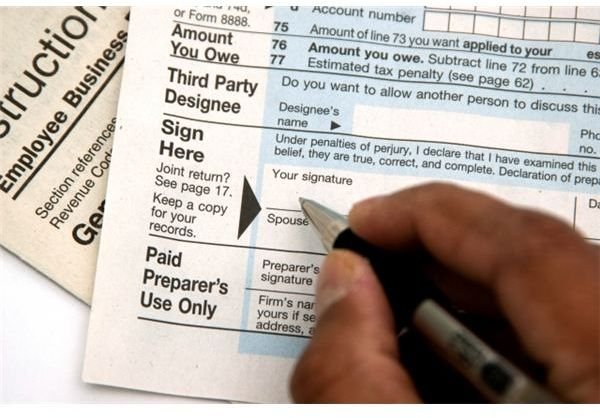What are the Income Limits on Pell Grants?
Expected Family Contribution
What are the income limits on Pell Grants?
To begin, a Pell Grant is federal grant money awarded to a student in the low income bracket. A family must prove dire financial need based upon multiple factors. The government does not only look at income, but also examines investments, assets, number of family members in college, etc. Therefore, there is no one magic income level to be awarded a Pell Grant.
The student and parents must fill out the FAFSA (Free Application for Federal Student Aid). On this form, the family will include all the factors the government must assess such as:
- Parents’ and student’s income
- Parents’ and student’s assets
- Family household size
- Number of family members attending college
With these factors, the government assesses the Expected Family Contribution (EFC). The EFC is the government’s estimate of how much a family can afford to pay toward the student’s college education for the upcoming school year.
EFC is the sum of:
- Basic net income or in other words, the net income after subtracting income tax and basic living expenses and
- A percentage of net assets.
Different assessment rates are used for dependent students, independent students without dependents and independent students with dependents.
The lower the EFC, the more likely the student’s chances will be of receiving a Pell Grant.
So, for example, let’s say a family has one parent working and that parent makes a salary of $30,000 a year. The family has 3 children, one which is college-bound. Let’s say the family rents and has no equity or assets. The low income combined with the household numbers and absence of assets will qualify the student in this family for the Pell Grant.
Now let’s use the example of a family of two parents and five children with one parent working. That parent makes $80,000 a year but holds no investments or equity - s/he rents. There is also a good chance of the college-bound student in this family to receive a Pell Grant because the household members are so high in comparison to the parent’s salary.
The basic rule of thumb is always submit the FAFSA to get the most money possible - even if you think it’s impossible. You may be surprised.
Amount of Pell Grant

As of 2010, the minimum award for the Pell Grant is $486. The maximum Pell Grant amount is $5350.
This is a $619 increase from the 2008-09 school year.
For the 2010-11 school year, the maximum Pell Grant amount will increase to $5500. By the 2019-2020 school year, it will be $5900. The Obama administration with the Education Reconciliation Act put $36 billion into Pell Grants alone over the next 10 years.
Every year the student attends college, s/he must reapply for the Pell Grant by filling out and submitting the FAFSA.
Now that you know what are the income limits on Pell Grants, you can start to assess your EFC. You may receive federal government money toward college if your EFC is low. By strategizing and using financial need to your benefit, the student in your family may receive more financial aid than you realize.
.
References
US Department of Education – www2.ed.gov/programs/fpg/index.html
National Association of Student Financial Aid Administrators – nasfaa.org/publications/2009/p0901.html
Photos by Arvind Balaraman / FreeDigitalPhotos.net – freedigitalphotos.net/images/view_photog.php?photogid=1058
